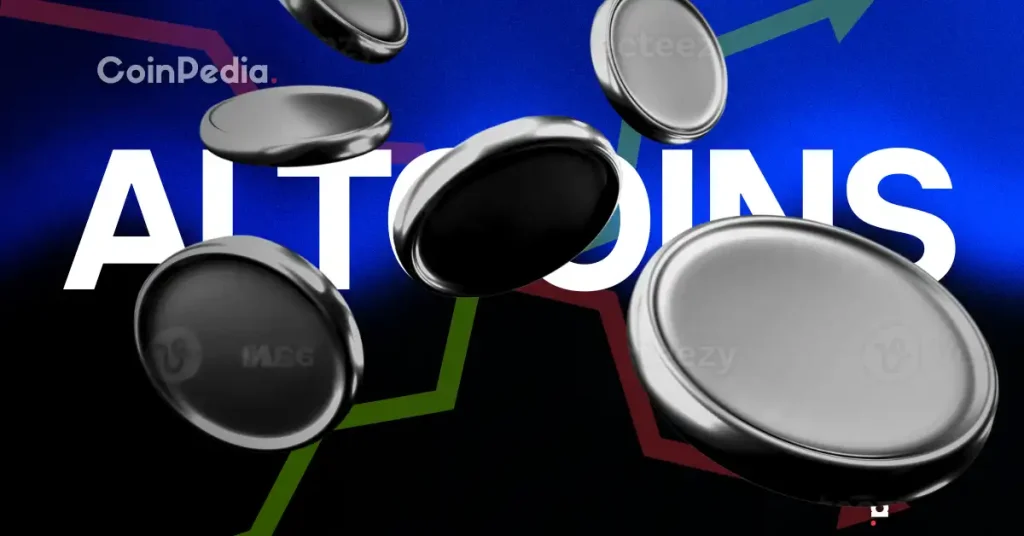In a surprising turn, inflation in the U.S. for August surpassed expectations, igniting discussions on interest rate policies. The Consumer Price Index (CPI) revealed an unexpected increase, prompting caution among economists and investors. Despite the unease, the Federal Reserve’s forecasted interest rate reduction is not thought to face major disruption. Monitoring immediate market shifts and potential long-term outcomes sheds light on current U.S. economic conditions and anticipated monetary policies.
What Did the Latest Figures Reveal?
In August, the CPI surged by 0.4%, surpassing the expected 0.3% increase. This followed a 0.2% rise in the previous month. Annually, the inflation rate climbed to 2.9%, meeting forecasts and marking a rise from 2.7% in July. Excluding food and energy, the core CPI rose by 0.3% in August, consistent with the predictions and the preceding month’s data.
How Did Market Players Respond?
The market’s reaction was swift. Bitcoin experienced a minor drop of 0.5%, settling at $113,700 from $114,300. U.S. stock index futures, after an initial dip, closed with a slight 0.1% gain. Additionally, the 10-year Treasury yield decreased, falling around five basis points to 4.00%.
Will This Divert the Federal Reserve’s Path?
The possibility of an interest rate cut by the Federal Reserve remains a hot topic. Projections suggest a 92% chance of a 25 basis point reduction. However, the prospect of a 50 basis point cut has diminished due to recent economic signals, including subdued employment and producer price data.
“We are closely examining the data, but don’t foresee it drastically altering our next move,”
stated a Federal Reserve spokesperson. Nonetheless, mixed market signals create some uncertainty in expected policies.
Parallel trends emerged in currency and commodity arenas. The dollar showed slight strengthening, and after a brief dip, gold prices increased by 0.15% to reach $3,675 per ounce.
As the next Federal Reserve meeting approaches, traders are aligning their focus on both immediate and strategic long-term macroeconomic policies. Analyzing these surroundings highlights the inflationary pressures affecting global financial directives.
Comparing recent inflation figures with anticipated interest rate adjustments presents difficulties in precisely forecasting policy outcomes. The continued volatility in currency and stock markets highlights significant market responsiveness. Despite uncertainty surrounding the Fed’s final decisions, recognizing the changing economic landscape assists stakeholders in formulating balanced financial strategies.
Disclaimer: The information contained in this article does not constitute investment advice. Investors should be aware that cryptocurrencies carry high volatility and therefore risk, and should conduct their own research.

















 English (US)
English (US)